Creative wildlife photography ideas.
Wildlife photography is one of the most rewarding genres of photography. It allows photographers to capture the beauty and majesty of nature and results in some truly stunning images.
If you’re a wildlife photographer, it’s essential to have a few creative ideas up your sleeve. After all, you never know when you’ll come across that perfect photo opportunity. Here are some creative wildlife photography ideas to try.
14-day free trial. No credit card required.
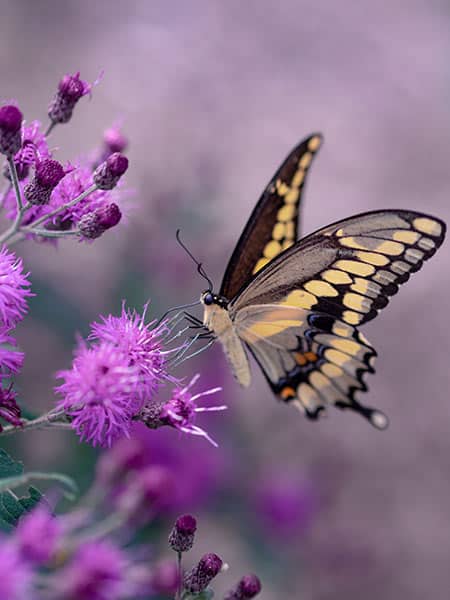
Try different lighting and exposure effects.
Different lighting and exposure effects can help to bring out the best in your wildlife photos. By trying different techniques, you can make your subject stand out and add some real drama to your shots. Here are just a few ideas to get you started.
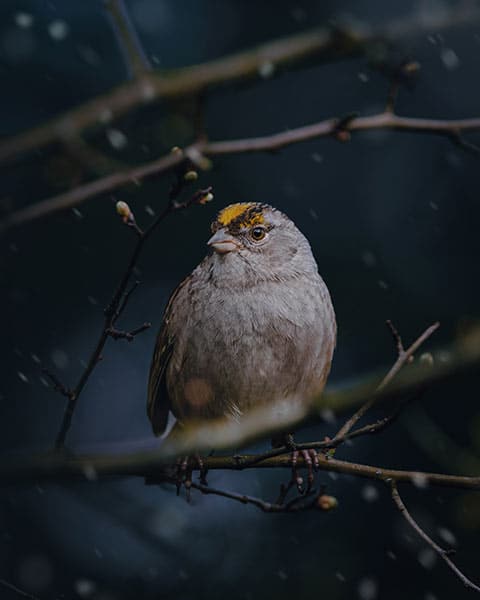
Low light wildlife photography.
Low light wildlife photography can be challenging but also very rewarding. Capturing animals in their natural habitat in low light conditions can often produce stunning results.
There are a few things to remember when photographing wildlife in low light, such as using a fast shutter speed to prevent blur and choosing an appropriate ISO setting to avoid graininess. A tripod can also help keep your camera steady.
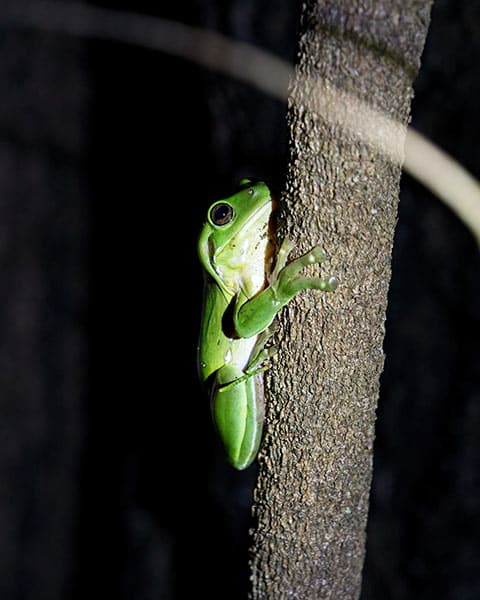
Night wildlife photography.
Night wildlife photography is the process of photographing animals in their natural habitats during the night.
There are a few things to keep in mind when photographing wildlife at night. First, you will need to use a higher ISO setting on your camera to compensate for the lack of light. Second, you will likely need to use a slower shutter speed which could result in blurry images depending on how much movement there is in the scene.
Finally, it is crucial to be aware of your surroundings and ensure you do not disturb the animals you are trying to photograph. While using a flash is possible with some wildlife, doing your research and being aware of when flash can be used safely is an important part of night wildlife photography.
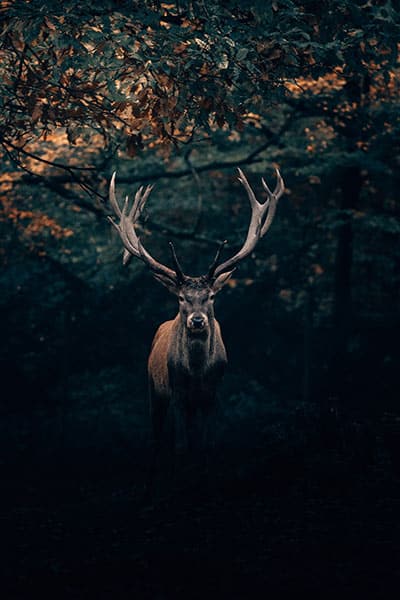
Low key wildlife photography.
Low key wildlife photography is a type of photography that emphasizes the dark tones and shadows in an image. This style of photography can be used to create striking, moody images of animals and nature scenes.
To create a low key image, photographers typically underexpose the image slightly to bring out the shadows. They may also use special lighting techniques, such as backlighting or side lighting, to create more contrast in the image.
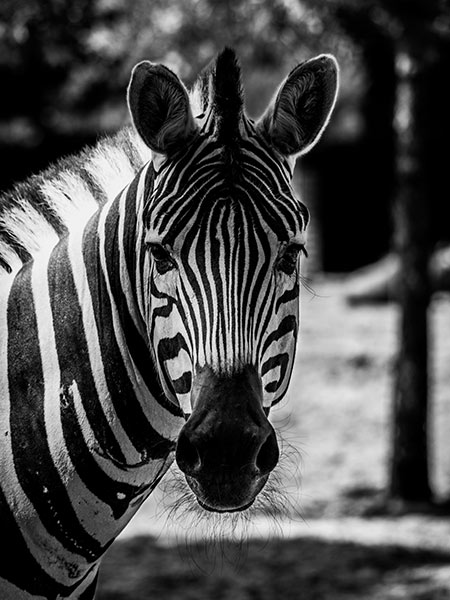
Black and white wildlife photography.
Black and white photography can create some stunning images of wildlife. By removing the color from an image, the photographer can emphasize the subject’s shapes, lines, and textures.
This type of photography can also help to create a feeling of mood or atmosphere in an image.
One of the great things about black and white photography is that it can be used to photograph just about any subject. Especially when photographing animals in the wild, black and white can help to create a beautiful and evocative image.
Get in close or broaden the scene.
When taking wildlife pictures, you may find that getting close to your subject is the best way to get a great shot. However, sometimes it’s better to back off and capture a wider view of the scene.
Here are some tips on when to get close and when to back up to get the best results.
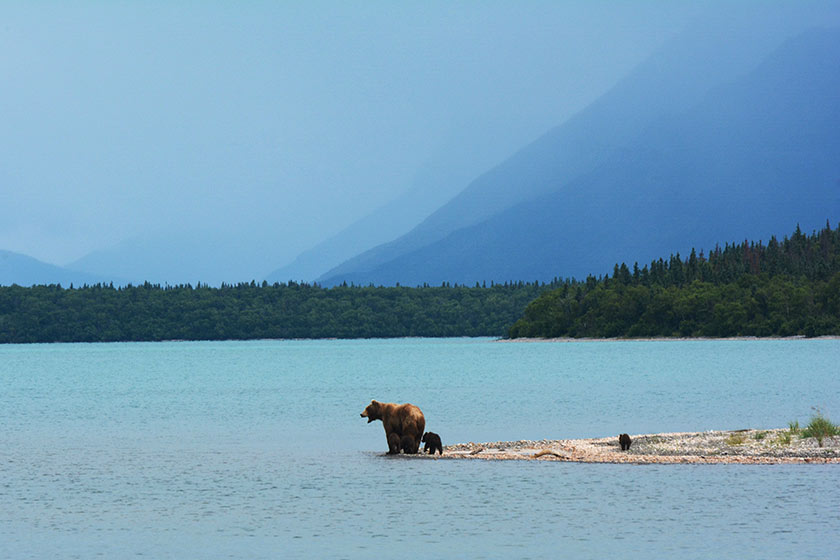
Wide angle wildlife photography.
As the name suggests, wide angle wildlife photography uses wide angle lenses to document animals in their environment.
Wide angle lenses have a focal length of 35mm or less. This allows the photographer to capture a much wider field of view than possible with a standard or telephoto lens.
Wide angle lenses are particularly well suited to photographing animals in their natural habitat, as they allow the photographer to include more of the animal’s surroundings in the frame.
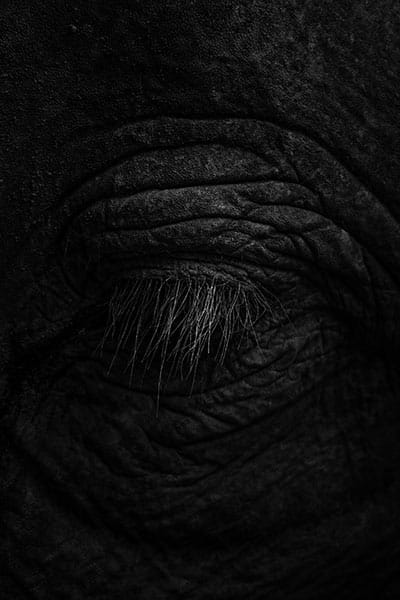
Macro wildlife photography.
Macro wildlife photography is a type of photography that captures close-up images of animals and insects. This type of photography requires a special lens that can magnify the subject matter.
Macro wildlife photographers often use natural light to illuminate their subjects, which results in stunningly detailed images. You can also use a ring light mounted to the front of your lens to illuminate your tiny subject.
Macro wildlife photography is an excellent way to learn about the intricate details of the animal kingdom. This type of photography can also be used to document the behavior of animals.
By getting close to the action, macro photographers can capture images that would be difficult to get with a standard camera lens.
Reverse lens macro photography.
Reverse lens macro photography is a technique where the photographer uses a reversing ring to attach the lens in reverse on the camera body. This allows for a much closer focusing distance and greater magnification of small objects.
This type of photography can capture close-up photos of tiny details that would otherwise be difficult or impossible to see with the naked eye.
It can also be used to create unique and interesting effects, such as shallow depth of field or soft focus backgrounds.
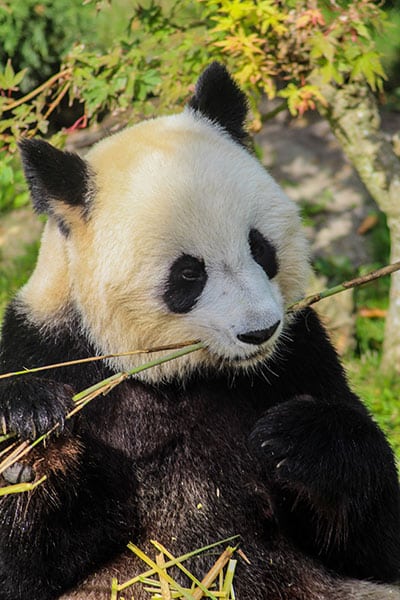
Telephoto lens wildlife photography.
Telephoto lenses are long focus lenses that allow the photographer to zoom in on their subject while maintaining a distance from the wildlife.
This is beneficial for wildlife photography as it allows the photographer to capture close-up photos of animals without disturbing them or getting too close for comfort.
Telephoto lenses come in a variety of different focal lengths, which is the measure of how much the lens can magnify an image. The longer the focal length, the more zoomed in the image will be.
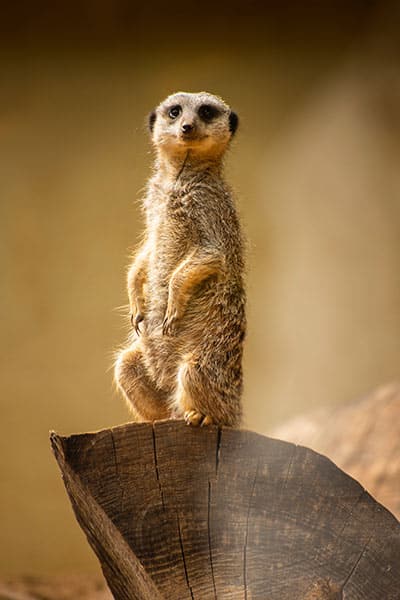
Minimalist wildlife photography.
Minimalist wildlife photography is all about capturing the essence of animals with as few elements as possible.
This type of photography can be incredibly challenging, requiring you to understand the animal’s behavior and movements deeply. But when done correctly, minimalist wildlife images can be stunningly beautiful.
In order to create successful minimalist photos, you need to have a strong understanding of composition. The simplest compositions often work best, so it’s important to keep your frame clean and uncluttered.
Look for negative space around your subject, and use leading lines to guide the viewer’s eye towards the animal.
Try a new subject or location.
Wildlife photography can be very rewarding, but sometimes finding suitable subjects or locations can be challenging. However, if you’re willing to try something new, you may be surprised at the results. Here are some ideas:
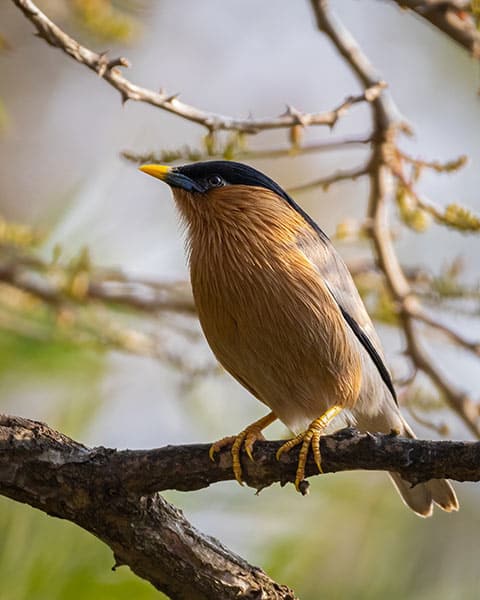
Wildlife bird photography.
Wildlife bird photography is a type of photography that focuses on capturing images of birds in their natural habitat. It can be both a challenging and rewarding form of photography, requiring patience and skill to get the perfect shot.
Wildlife bird photography often takes place in remote or difficult-to-access locations, making it logistically challenging. With the right equipment and approach, however, wildlife bird photography can result in some truly stunning images.
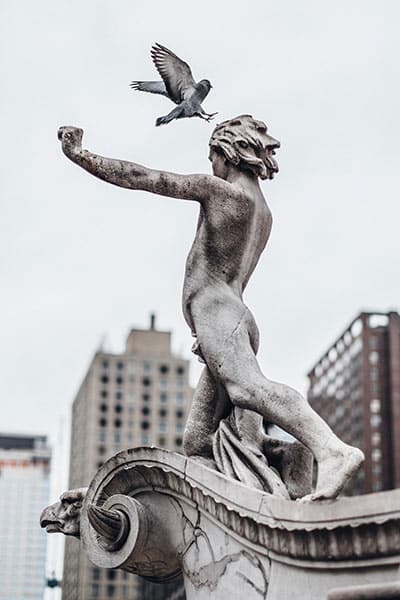
Urban wildlife photography.
With the growth of cities and the consequent increase in the number of people living in close proximity to wildlife, there has been a corresponding rise in the popularity of urban wildlife photography.
Urban wildlife photography captures images of animals living in or near human settlements. This can include anything from squirrels and birds in city parks to deer in suburban backyards.
With the right equipment and patience, it is possible to get some great shots of urban wildlife.
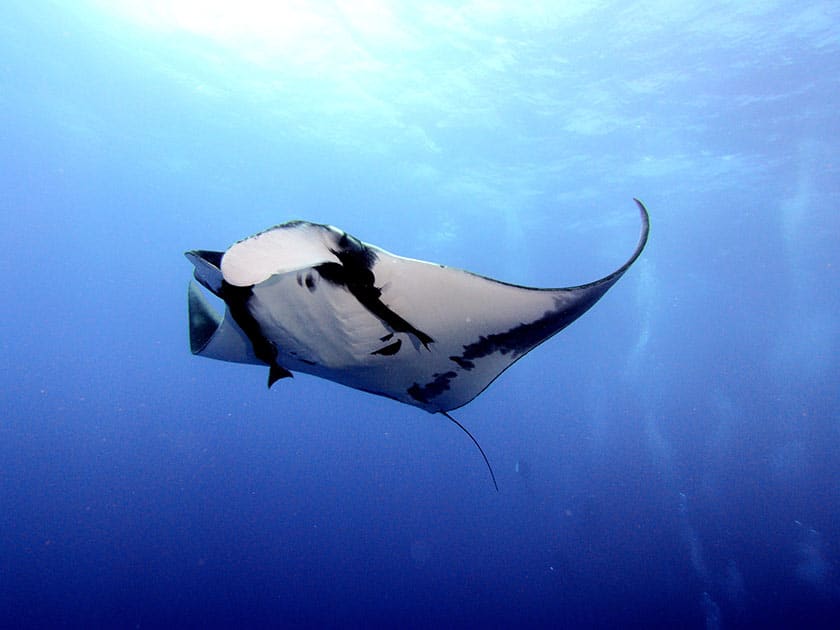
Underwater wildlife photography.
Underwater wildlife photography refers to taking photos of underwater animals in their natural habitat. It can be a challenging form of photography, requiring specialized equipment, training and techniques.
One of the most important aspects of underwater wildlife photography is choosing the right camera.
Compact cameras are not well-suited for this type of photography, as they do not have the necessary features to take quality photos underwater.
DSLR cameras are a better option, as they offer manual controls and allow for interchangeable lenses. It is also necessary to invest in good waterproof housing for your camera so you can shoot underwater.
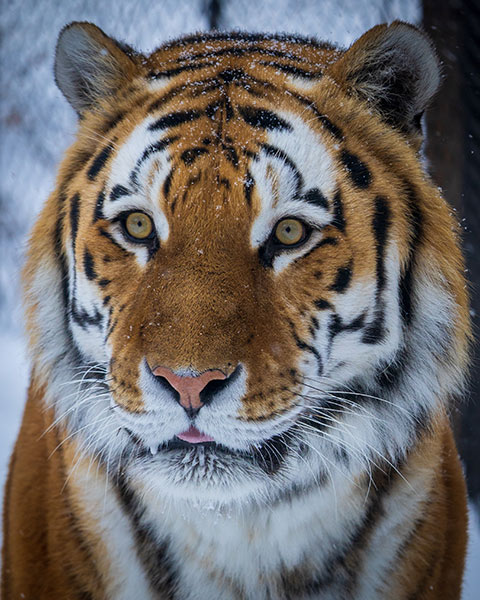
Wildlife portrait photography.
Wildlife portrait photography is a genre that focuses on capturing the natural beauty of animals in their environment.
There are many different ways to approach wildlife portrait photography, but one of the most important things to remember is to be respectful of the animals you photograph.
Never approach or disturb an animal in its natural habitat; always give them space to move around. If you are using a telephoto lens, use it from a distance to avoid disturbing the animal.
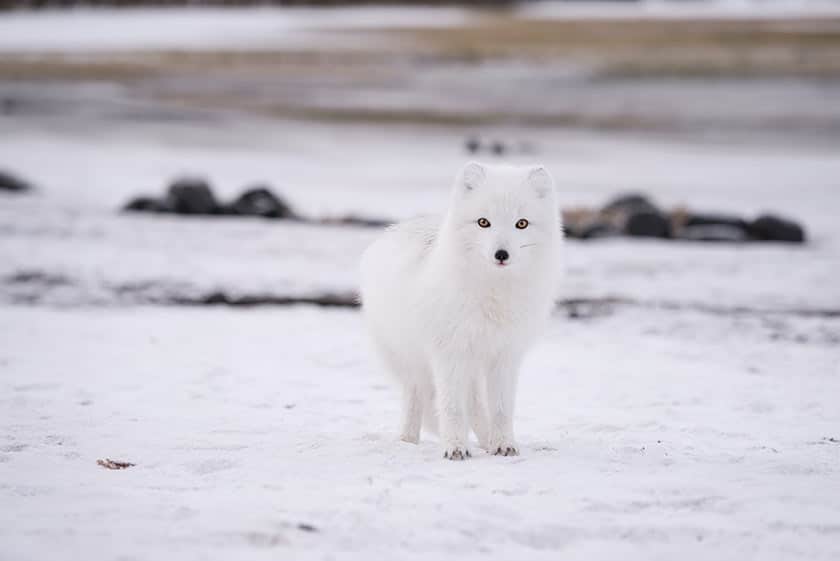
Winter wildlife photography.
Winter wildlife photography is a great way to capture the beauty and majesty of nature. There are many different animals that can be photographed during the winter months, including deer, elk, bison, bear, foxes, and moose.
Winter photographs can be taken in various settings, including forests, mountains, and even your backyard.
You’ll want to make sure that the camera you select is weatherproof. Winter weather can be harsh, with temperatures that dip below freezing and snow or rain storms that can quickly damage equipment.
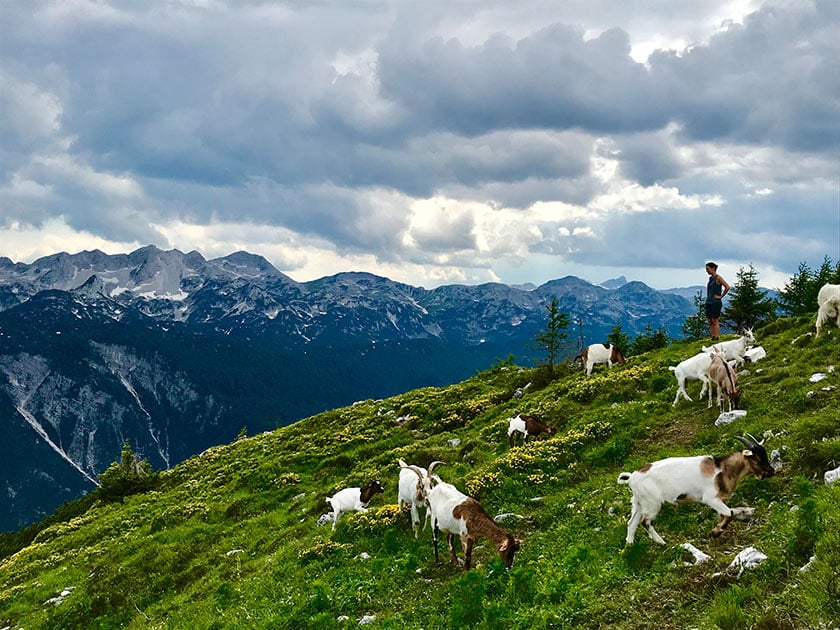
Wildlife landscape photography.
Wildlife landscape photography is a subgenre of landscape photography that focuses on capturing images of wildlife as an element in the landscape.
In order to be successful at wildlife landscape photography, there are a few things that photographers need to keep in mind.
First, it is important to have a good understanding of the behavior of the animals that you want to photograph. Second, it is important to be patient and wait for the perfect moment to take your photo.
Third, it is essential to have a good understanding of your equipment. And lastly, be sure to scout out the location ahead of time.
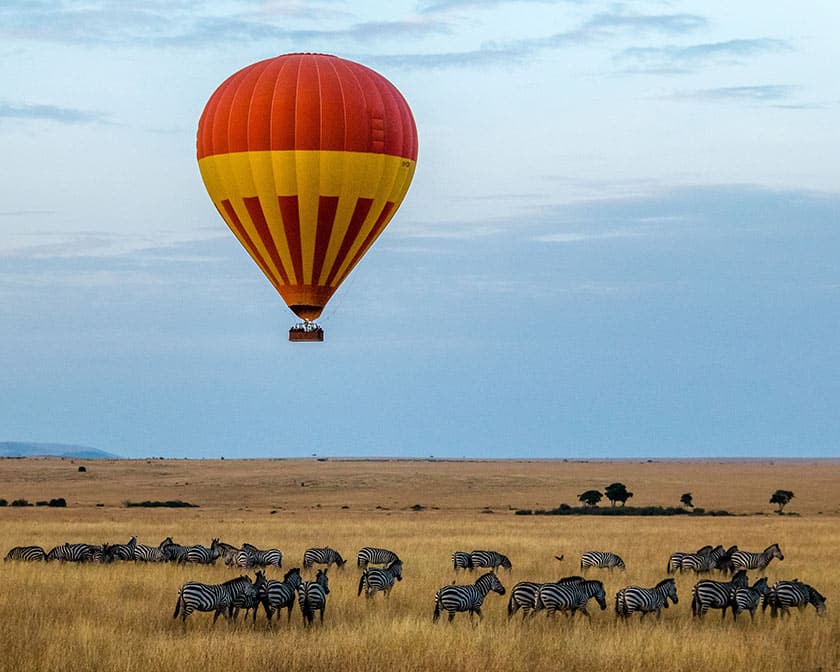
Wildlife photography trips.
Wildlife photography trips are designed for photographers of all levels who want to get closer to nature and photograph wildlife in their natural habitat.
These trips usually take place in remote locations where you can find a variety of different animals. During a wildlife photography trip, you will have the opportunity to photograph animals and learn about their behavior and how to best capture them on camera.
You will also enjoy nature’s beauty while spending time in some of the most remote and beautiful places.
Build an online portfolio website you love.
Put your wildlife photography in the spotlight.